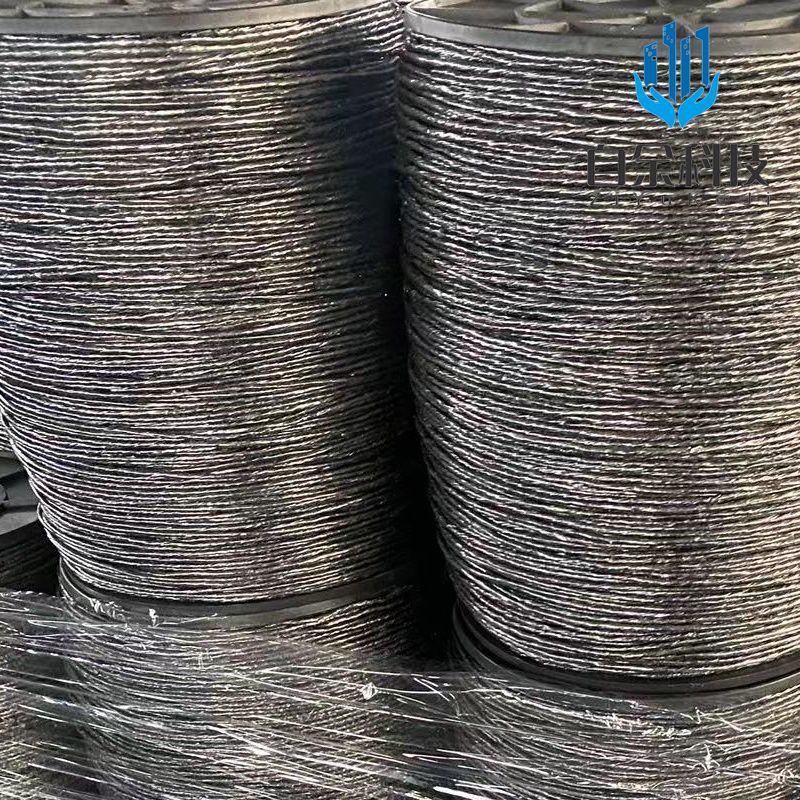What is Graphite Wire Used For?
Graphite a remarkable form of carbon, has fascinated scientists and engineers alike for centuries. Among its various manifestations, graphite wire stands out as a multifaceted material that finds applications across a multitude of fields. Understanding the uses of graphite wire reveals not only its practicality but also the underlying principles that govern its functionality.
Electrical Conductivity
One of the most significant properties of graphite wire is its exceptional electrical conductivity. This characteristic makes it an ideal candidate for a range of electrical applications. In electrical engineering, graphite wire is often employed in the manufacturing of conductive brushes used in electric motors and generators. These brushes facilitate the transfer of electricity while withstanding the wear and tear of continuous operation.
Additionally, graphite wire is utilized in the production of electrodes for electrochemical processes. In industries like metal smelting and electrolysis, these electrodes are essential for facilitating chemical reactions. The ability of graphite to maintain its conductive properties even at elevated temperatures further enhances its value in high-performance applications.
Thermal Conductivity
In addition to its electrical properties, graphite wire boasts impressive thermal conductivity. This quality allows it to efficiently dissipate heat, making it vital in thermal management systems. For example, in electronic devices, graphite wire can be integrated into heat sinks to regulate temperature and prevent overheating. By effectively channeling heat away from sensitive components, it helps maintain optimal operating conditions, thereby extending the lifespan of devices.
The application of graphite wire in thermal management is not limited to electronics. It is also used in various industrial processes that generate significant heat. From manufacturing to chemical processing, the ability to manage thermal output is crucial, and graphite wire plays a pivotal role in these systems.
Lubrication
Interestingly, graphite wire possesses unique lubricating properties. Its layered structure allows for easy sliding of the layers over one another, reducing friction between moving parts. This characteristic is harnessed in numerous applications, ranging from machinery to automotive components. In high-temperature environments where traditional lubricants may fail, graphite wire offers a reliable alternative.
For instance, in the automotive industry, graphite wire is often used in applications where conventional lubricants cannot withstand extreme conditions. The ability to function effectively in high temperatures makes it particularly useful in engine components, helping to ensure smooth operation and reduce wear.
Composites and Reinforcements
Graphite wire is also integral to the development of composite materials. When combined with polymers or other materials, it enhances strength, stiffness, and overall durability. This makes it an invaluable resource in industries such as aerospace and automotive, where lightweight yet strong materials are crucial.
By reinforcing composites with graphite wire, manufacturers can create materials that are not only lightweight but also capable of withstanding significant stress and strain. This innovative approach contributes to advancements in technology and engineering, pushing the boundaries of what is possible in material science.
Artistic Applications
Beyond its industrial uses, graphite wire finds a place in the realm of art. Artists utilize it for creating intricate designs and textures in mixed media. The versatility of graphite wire allows for a broad range of artistic expression, offering unique possibilities for those who seek to blend science and creativity.
Conclusion
In summary, graphite wire is a remarkable material that serves diverse purposes across multiple disciplines. From its essential role in electrical and thermal conductivity to its lubrication properties and contributions to advanced composites, the applications of graphite wire are vast and varied. Its unique characteristics not only underscore its practicality but also exemplify the intricate connections between material properties and their uses. As technology continues to evolve, the significance of graphite wire will undoubtedly expand, highlighting the ongoing interplay between science and innovation.



